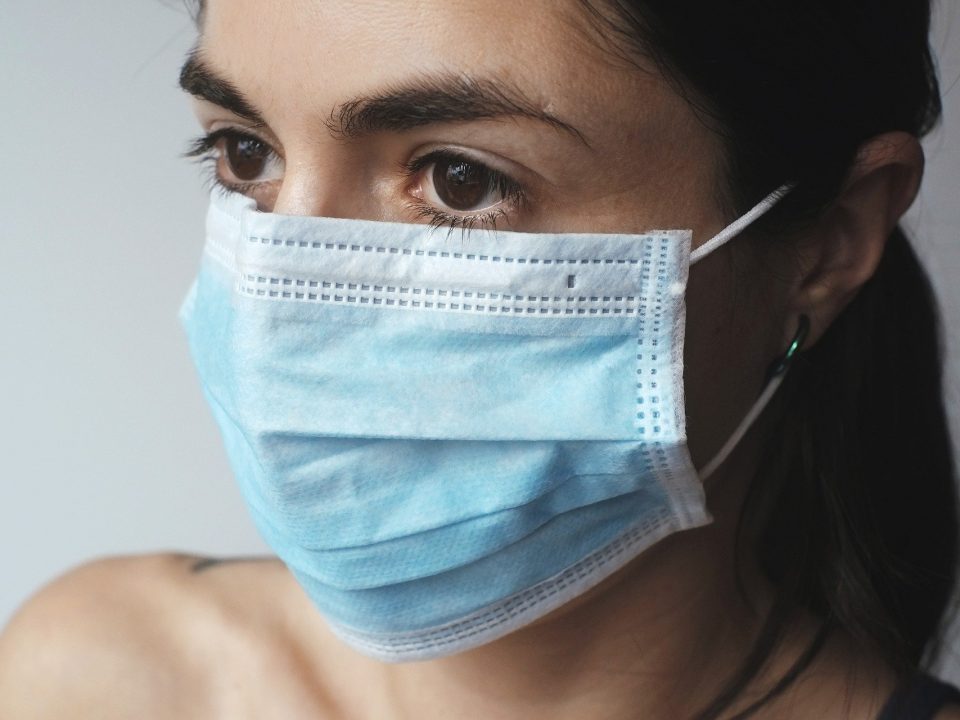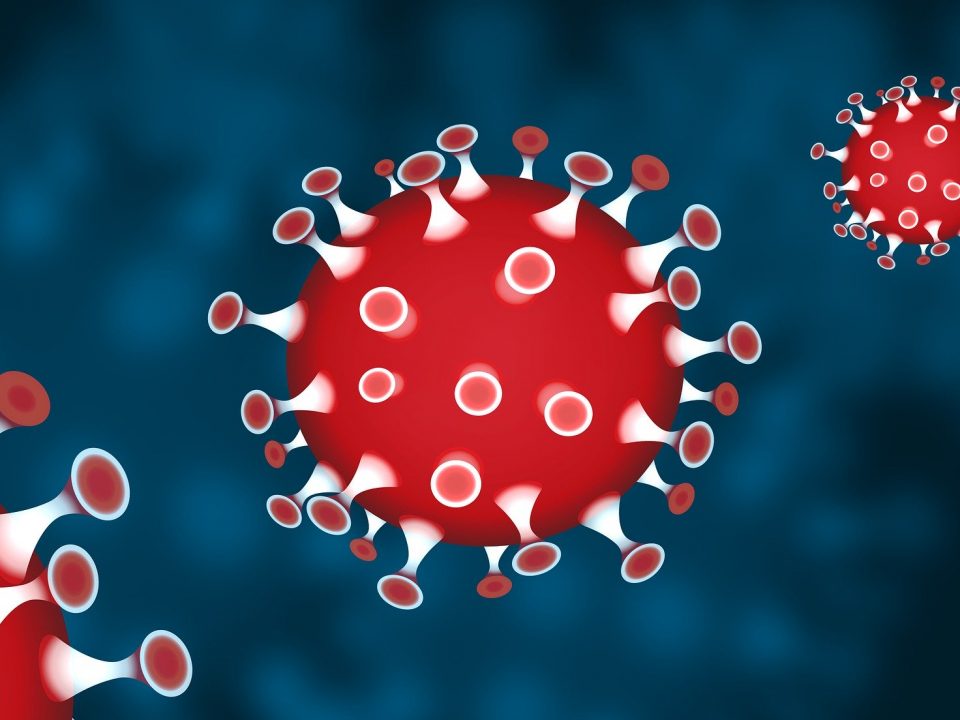Pope Week 2015: Philly Hospitals Prepare for Foreign Ailments
As the world converges on Philadelphia for the World Meeting of Families and the long-awaited papal visit, Philly hospitals are kicking things into overdrive preparing for an influx of high patient volume… and for the treatment of sicknesses not normally seen in this part of the world. Simply put, says Mark Ross, regional manager of emergency preparedness for the Hospital Association of Pennsylvania, different illnesses are common in different parts of the world. A trained American doctor will have heard of these illnesses, but not seen them in person. Ross says that a large part of preparing for the papal visit is making sure that medical providers know what these ailments look like.

An influx of foreign visitors coming to see Pope Francis means a host of unfamiliar diseases could show up at Philly hospitals.
This week, the Philadelphia Department of Public Health issued a brief listing some infectious diseases that are a concern for hospitals tending to traveling pilgrims. These include typhoid and yellow fever, the chikungunya virus (which can produce fevers and joint pain), malaria, polio, and tuberculosis. It is estimated that between 0.3 percent and 1.3 percent of the crowd attending a mass gathering will require medical attention. This can range from bandages for small cuts all the way up to major illness or ailments. There’s a chance that the number of sick or injured attendees will be higher for the pope’s visit because some pilgrims may be hoping for healing touches from the pope.
It’s believed that as many as 1.5 million people could throng the Benjamin Franklin Parkway for a public mass held by the pontiff. Nearby medical facilities are ensuring that they have all hands on deck for the weekend, all the better to cope with however many emergencies occur. Philadelphia’s Health Department has posted a special World Meeting of Families website with lists of disease symptoms, diagnostics and treatments and instructions on patient isolation and the use of personal protective equipment. Also on the website? A useful public health screening tool to help doctors and other medical personnel in evaluating patients for potential infectious disease.



